Meeting Memo Samples
-
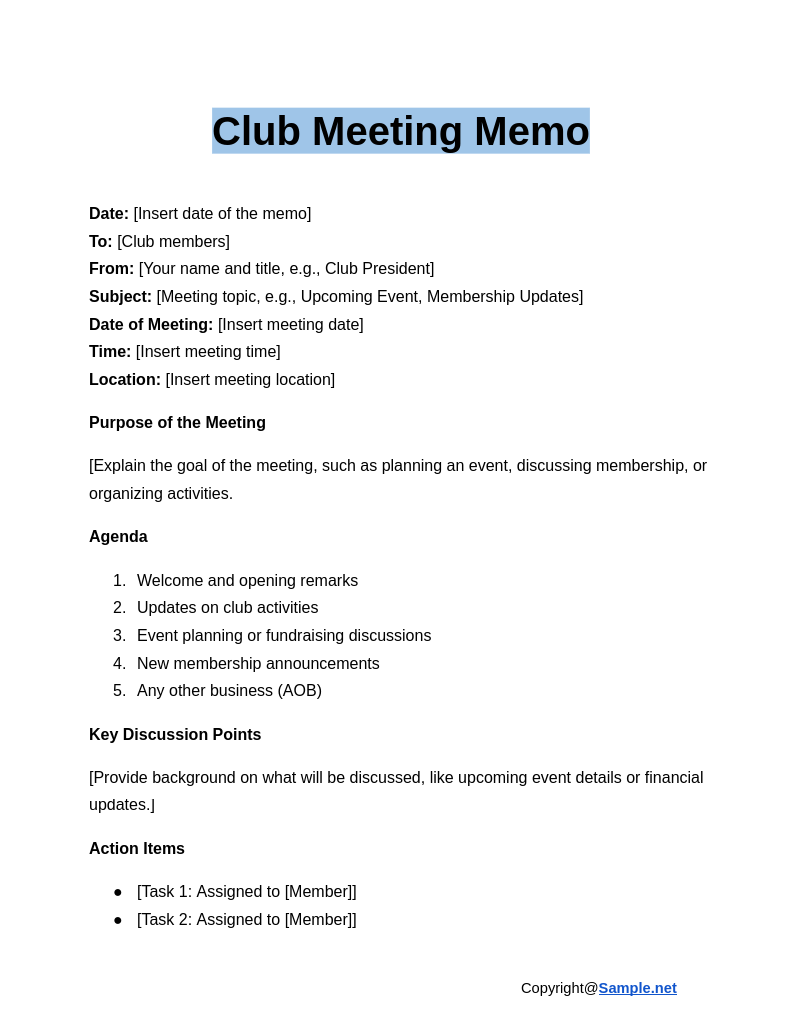
Club Meeting Memo
download now -
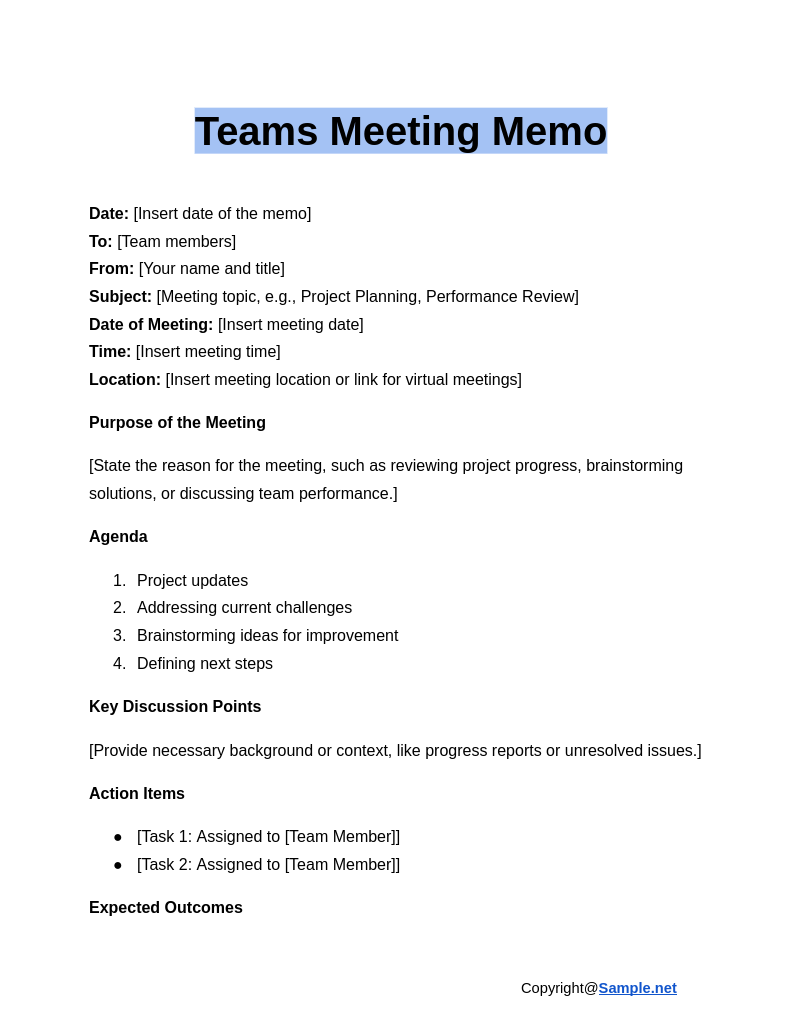
Teams Meeting Memo
download now -
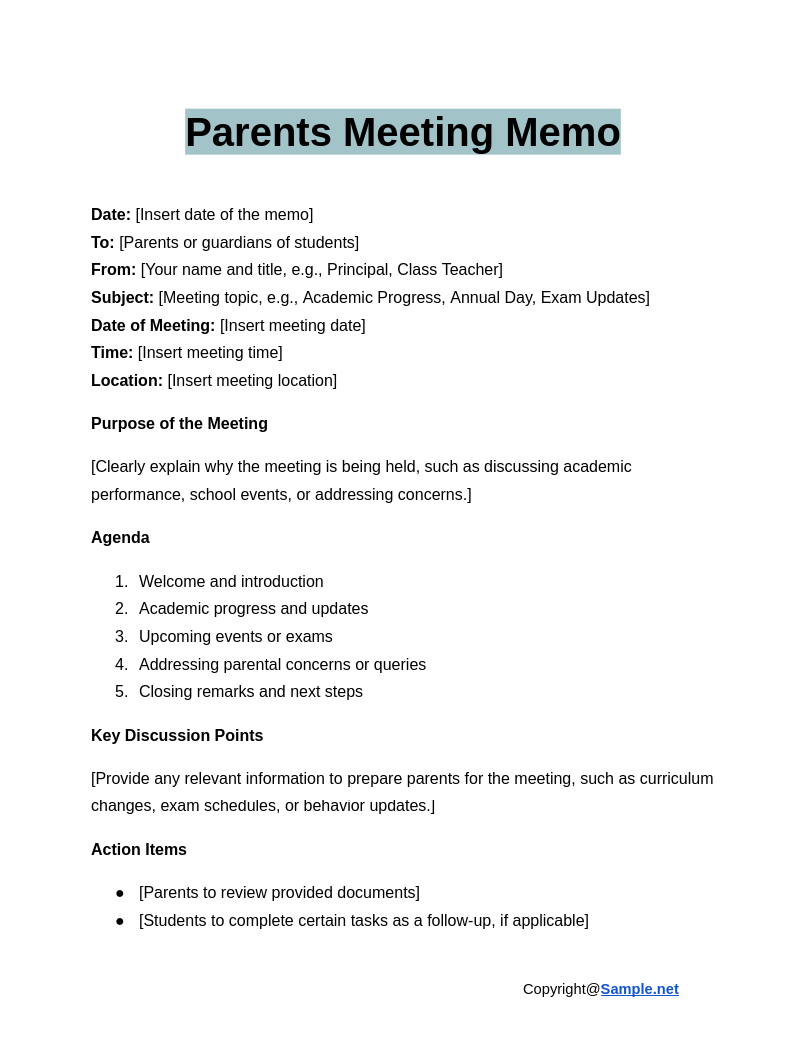
Parents Meeting Memo
download now -
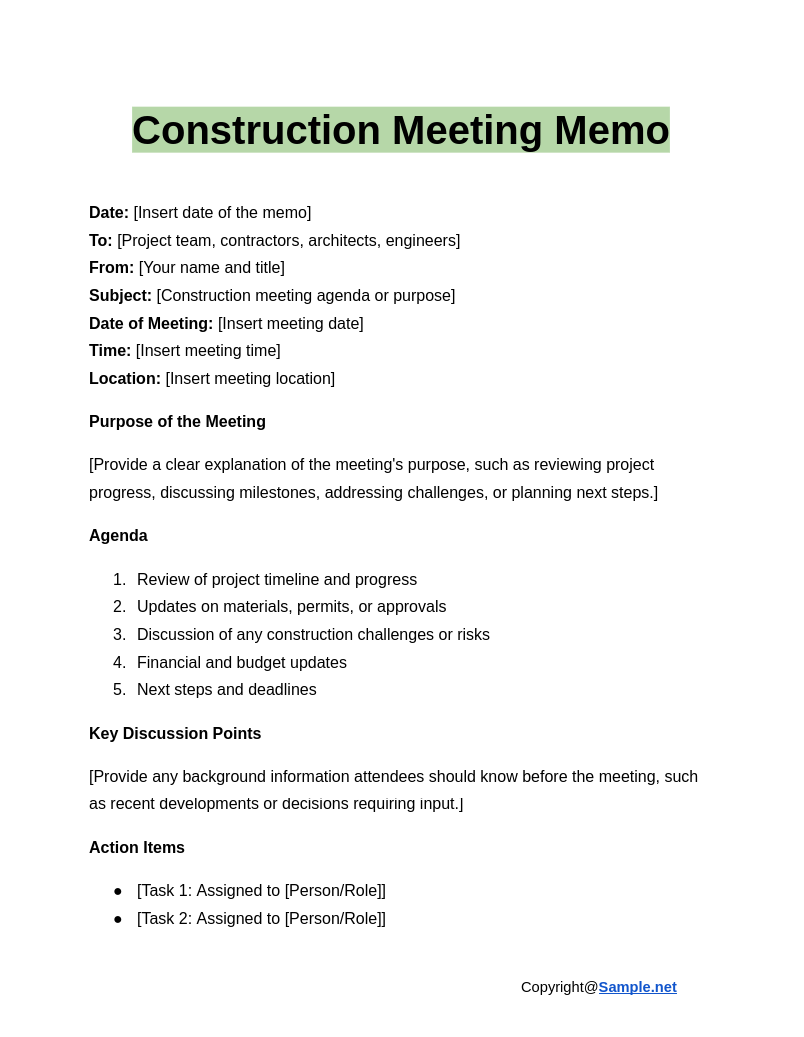
Construction Meeting Memo
download now -

Business Meeting Memo Template
download now -

Meeting Memo Template
download now -
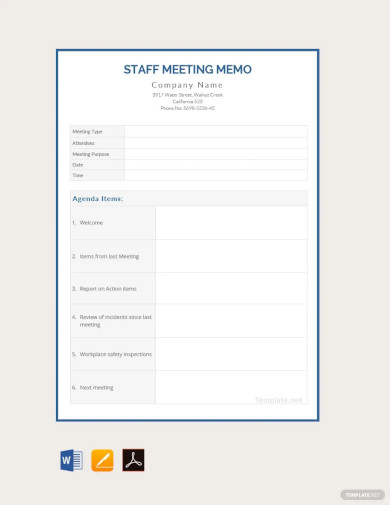
Staff Meeting Memo Template
download now -
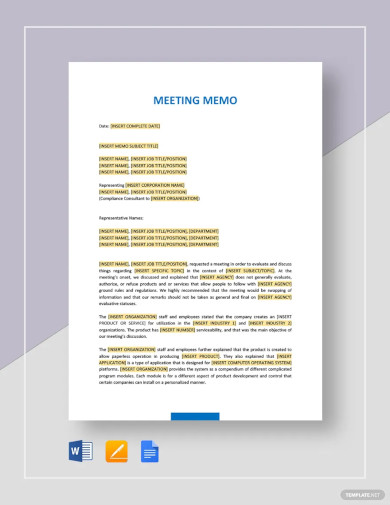
Editable Meeting Memo Template
download now -
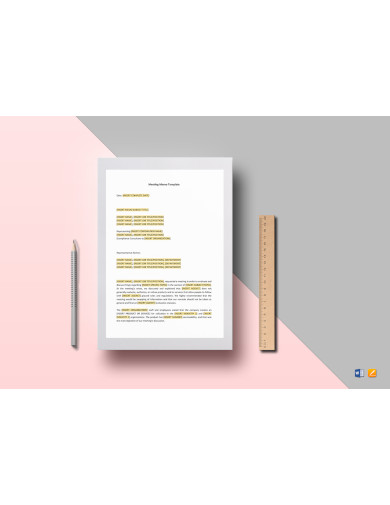
General Meeting Memo Template
download now -
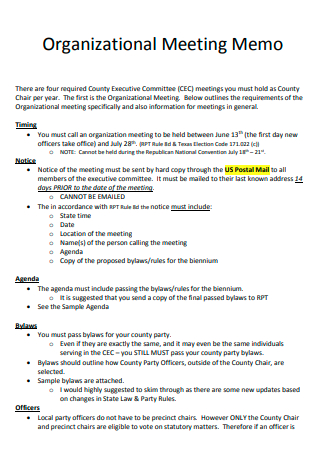
Employee Organizational Meeting Memo
download now -
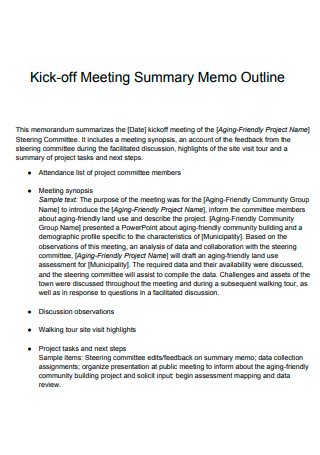
Staff Meeting Summary Memo Outline
download now -
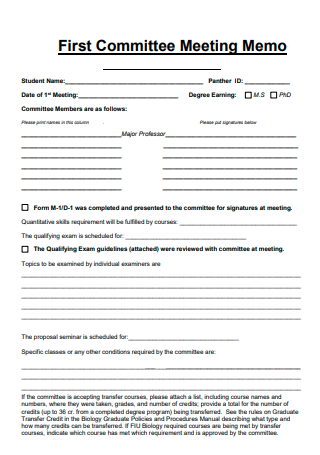
First Committee Announcement Meeting Memo
download now -
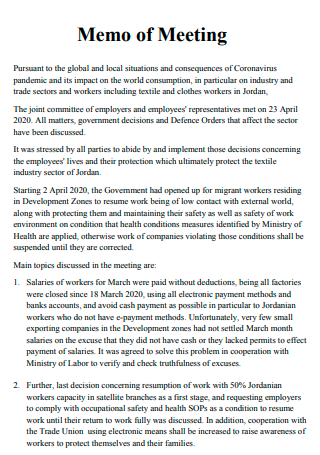
Email Meeting Memo in PDF
download now -
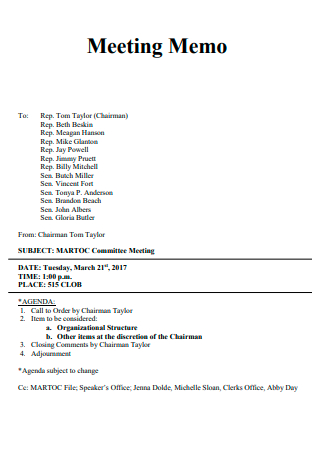
Basic Meeting Invitation Memo
download now -
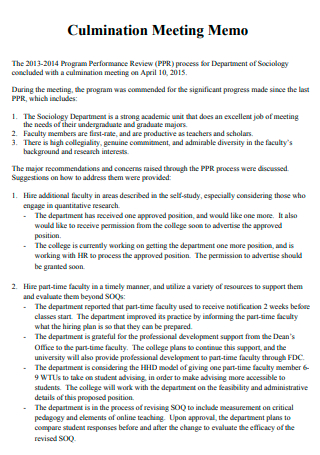
Business Culmination Meeting Memo
download now -
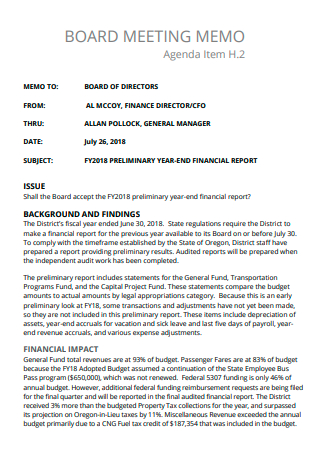
Board Schedule Meeting Memo
download now -

Weekly Conference Meeting Memo
download now -
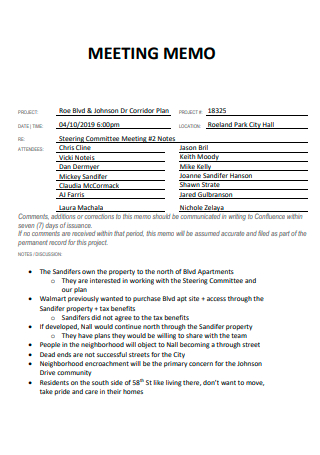
Printable Emergency Meeting Memo
download now -
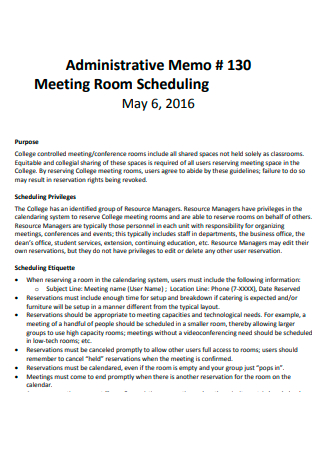
Meeting Room Scheduling Administrative Memo
download now -
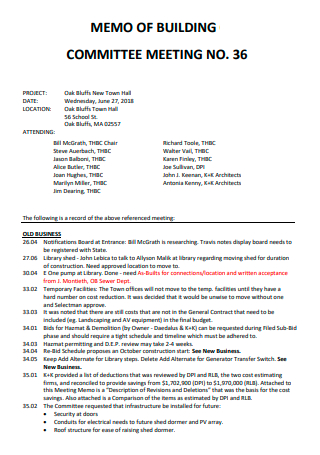
Building Committee Meeting Internal Memo
download now -

Public Monthly Meeting Memo
download now -
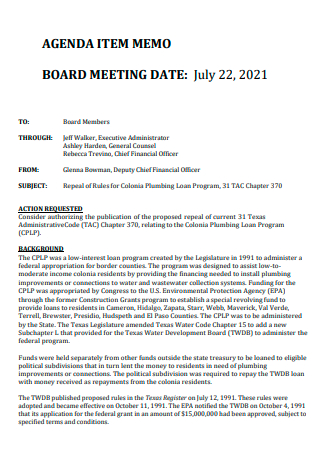
Board General Assembly Meeting Agenda Memo
download now -
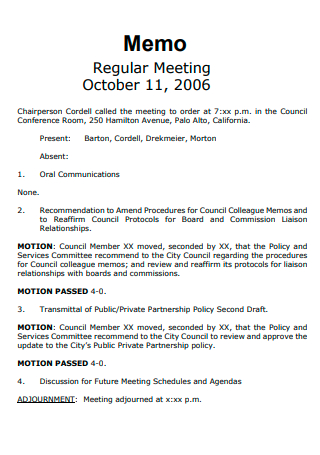
Regular Legal Meeting Memo
download now -
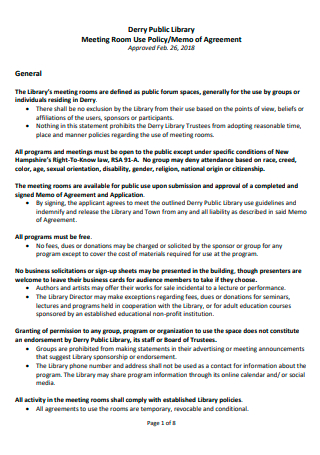
Meeting Layout Memo Example
download now -
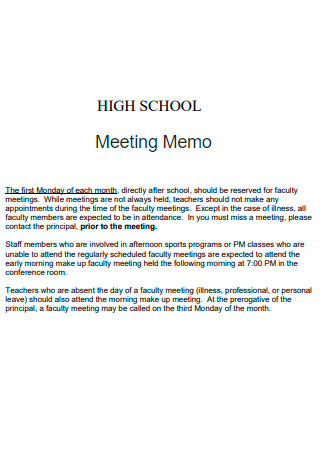
High School Marketing Meeting Memo
download now -
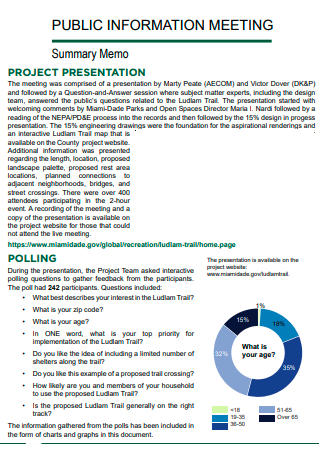
Public Information Meeting Summary Memo
download now -
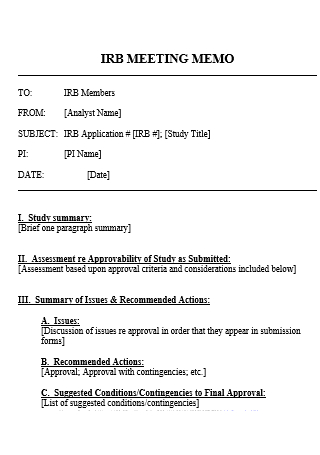
Meeting Memo in DOC
download now
FREE Meeting Memo s to Download
Meeting Memo Format
Meeting Memo Samples
a Meeting Memo?
Purpose of a Meeting Memo
How to Create a Meeting Memo
FAQs
Are memos still effective?
What is the first part of a memo?
Is an email memo sent?
How does a Meeting Memo improve communication in an organization?
What is the difference between a pre-meeting and post-meeting memo?
Can a Meeting Memo be used for virtual meetings?
How can Meeting Memos promote accountability?
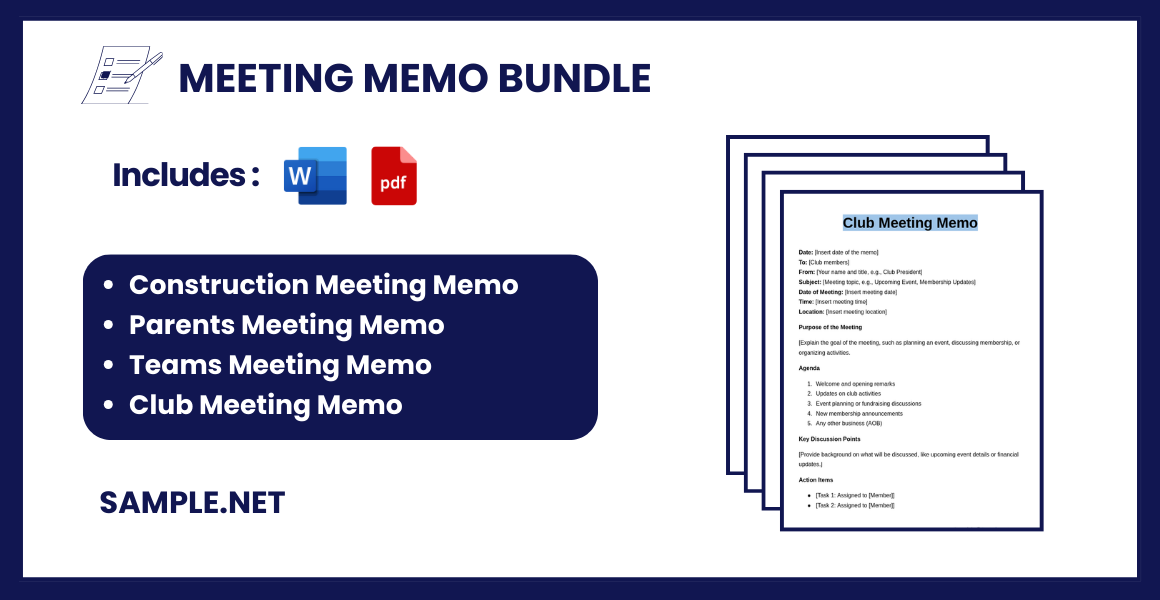
Meeting Memo Format
Date: [Insert date of the memo]
To: [List of attendees or recipients]
From: [Your name and title]
Subject: [Meeting topic or agenda title]
Date of Meeting: [Insert meeting date]
Time: [Insert meeting time]
Location: [Insert meeting location]
Purpose of the Meeting
[Clearly outline the reason for the meeting and its objective(s). Be concise but specific.]
Agenda
[List the topics to be discussed during the meeting, in order of importance or sequence.]
- [Topic 1]
- [Topic 2]
- [Topic 3]
- [Other items, if applicable]
Key Discussion Points
[Summarize the main topics or issues that need to be addressed. Highlight any relevant context or background information attendees need to know in preparation for the meeting.]
Action Items
[Specify any tasks or preparations required by attendees before the meeting.]
- [Action item 1: Who is responsible?]
- [Action item 2: Who is responsible?]
Expected Outcomes
[List the intended results or goals to be achieved by the end of the meeting.]
Attachments
[Attach or list any supporting documents or materials relevant to the meeting.]
Construction Meeting Memo
Parents Meeting Memo
Teams Meeting Memo
Club Meeting Memo
What is a Meeting Memo?
A meeting memo informs attendees about your meeting’s “who,” “why,” “when,” and “where.” Whether the meeting is for a single department or the entire firm, sending a message gives guests a preview of what’s to come. Meeting memos keep your meeting on track and guarantee that all critical tasks are completed. Our meeting memo tutorial will walk you through how to write one and provide an example that you can acclimate to your own needs. According to statistics, 44% of survey respondents claimed that unexpected or unannounced meetings imply they don’t have enough time to focus on their work.
Purpose of a Meeting Memo
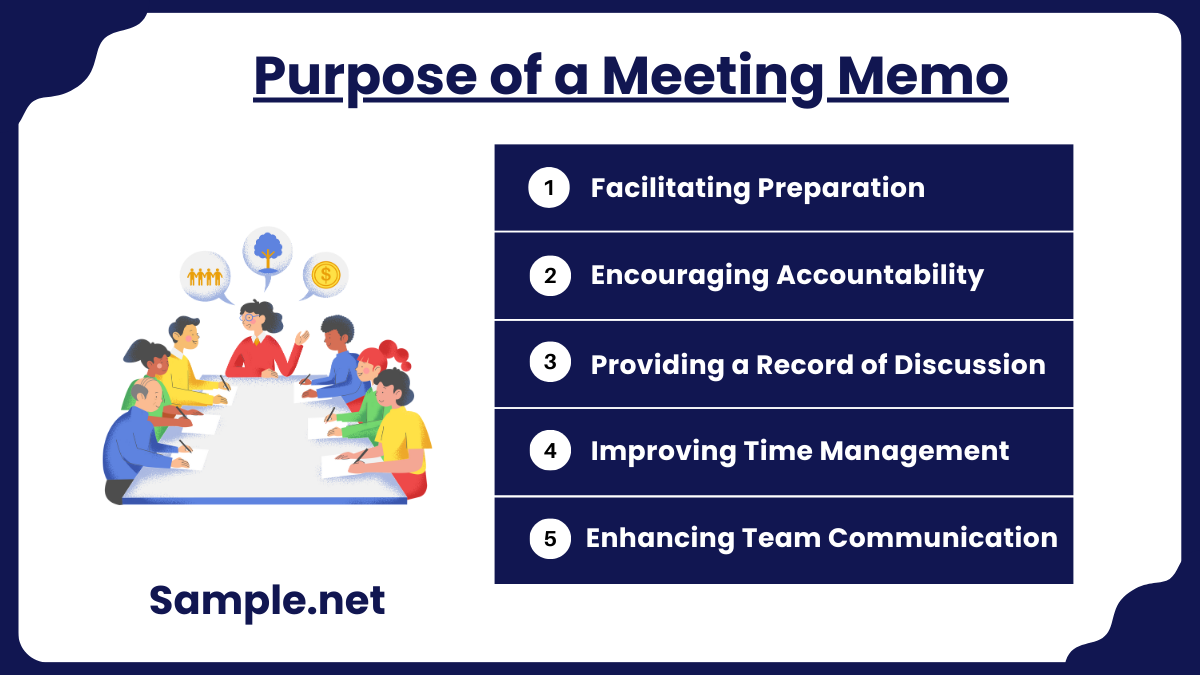
1. Facilitating Preparation
A Meeting Memo helps attendees prepare by clearly outlining the agenda, discussion topics, and required materials. This ensures that all participants are informed and ready to contribute effectively. By setting clear expectations, it reduces confusion and streamlines discussions. Proper preparation leads to more productive and focused meetings. This purpose reinforces the importance of clarity in communication.
2. Encouraging Accountability
By detailing action items and responsibilities, a Meeting Memo promotes accountability among team members. Participants can reference the memo to track progress and stay on top of assigned tasks. It ensures that commitments made during the meeting are followed up effectively. This enhances team collaboration and ensures timely completion of tasks. Accountability strengthens trust and reliability within the team.
3. Providing a Record of Discussion
Meeting Memos serve as official records of discussions, decisions, and action points from a meeting. These records can be referenced later to recall key takeaways or settle any disputes. They act as a reliable source of information for those unable to attend. This documentation safeguards organizational memory and promotes consistency. A detailed record reduces misunderstandings and facilitates informed decision-making.
4. Improving Time Management
A well-structured Meeting Memo ensures meetings are concise and stay on track. By specifying the agenda and allocating time to each item, it prevents unnecessary deviations. Time management fosters efficiency, enabling teams to address priorities effectively. Meetings conducted with a clear memo reduce wasted time and improve overall productivity. This helps maintain focus and energy during discussions.
5. Enhancing Team Communication
Sharing Meeting Memos ensures all participants are on the same page regarding objectives and expectations. It eliminates miscommunication and helps teams collaborate effectively. The memo serves as a central document for clarifying doubts and providing updates. Strong communication through memos leads to better alignment and improved team dynamics. Effective collaboration drives organizational success.
How to Create a Meeting Memo
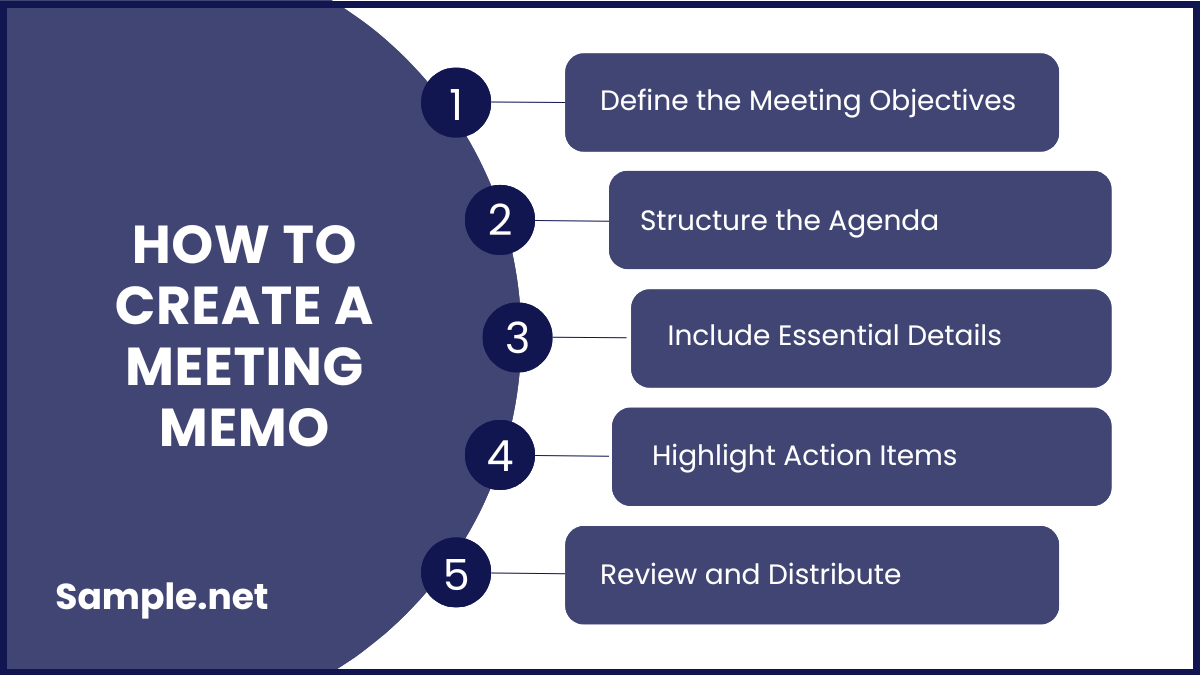
Step 1: Define the Meeting Objectives
Start by clarifying the purpose of the meeting and what you aim to achieve. Whether it’s brainstorming ideas, making decisions, or tracking progress, a clear objective sets the tone. Ensure that the memo reflects these goals to align all participants. Well-defined objectives help attendees understand their roles and responsibilities. This step forms the foundation of an effective meeting memo.
Step 2: Structure the Agenda
Outline the agenda in a logical sequence, listing key discussion points. Include time allocations for each agenda item to ensure the meeting stays focused and on track. Specify any materials or documents that participants need to bring or review. A structured agenda makes the memo concise and actionable. This step ensures the meeting’s flow is organized and efficient.
Step 3: Include Essential Details
Provide key information such as the meeting date, time, location (physical or virtual), and participant list. Mention any preparatory steps required, like reviewing prior minutes or submitting reports. These details eliminate confusion and allow participants to plan their schedules effectively. Clear and comprehensive information ensures smooth coordination. Attention to detail reflects professionalism and organization.
Step 4: Highlight Action Items
For post-meeting memos, summarize decisions made and specify action items with deadlines. Assign responsibilities to individuals or teams, ensuring accountability for each task. Use bullet points or tables for clarity and ease of reference. Clear action items prevent ambiguity and ensure follow-through. This step transforms discussions into measurable outcomes.
Step 5: Review and Distribute
Proofread the memo for accuracy, consistency, and completeness before sharing it with participants. Distribute the memo well in advance to allow ample preparation time. For post-meeting memos, circulate promptly after the meeting to ensure timely follow-up. Encourage participants to review and provide feedback if needed. Timely distribution enhances the effectiveness of the memo.
FAQs
Are memos still effective?
They are still used in specific organizations, but many (including many startups) have not seen a printed note since their inception. One of the primary reasons memos remain relevant in the workplace is that they garner attention. They’re more official and professional, and they support various formatting styles.
What is the first part of a memo?
A memo’s objective is typically stated in the introductory paragraph and includes the memo’s purpose, the context and problem, and the precise assignment or task. Before indulging the reader with information and context, provide a concise summary of the memo’s subject.
Is an email memo sent?
Letters, memos, proposals, and other written contact are all official, whether printed or sent over e-mail.
How does a Meeting Memo improve communication in an organization?
A Meeting Memo ensures that all participants are on the same page by outlining objectives and expectations clearly. It reduces misunderstandings, ensures consistent communication, and fosters alignment within teams. Pre-meeting memos prepare participants for discussions, while post-meeting memos summarize key points and decisions. By serving as a reference document, it enhances collaboration and accountability.
What is the difference between a pre-meeting and post-meeting memo?
A pre-meeting memo is shared before a meeting and focuses on the agenda, objectives, and preparation required. It acts as a guide for the discussion. A post-meeting memo, on the other hand, summarizes the key points discussed, decisions made, and action items assigned during the meeting. Both types ensure effective communication and follow-through.
Can a Meeting Memo be used for virtual meetings?
Absolutely! Meeting Memos are equally important for virtual meetings. They provide participants with the meeting’s agenda, objectives, and login details in advance. For post-meeting follow-ups, the memo documents decisions and tasks, ensuring alignment even in remote settings. They bridge the gap in communication for geographically dispersed teams.
How can Meeting Memos promote accountability?
Meeting Memos explicitly document action items, deadlines, and assigned responsibilities. By clearly defining who is accountable for each task, they ensure that commitments made during the meeting are tracked and completed. This transparency motivates individuals to follow through on their obligations, leading to better outcomes.
